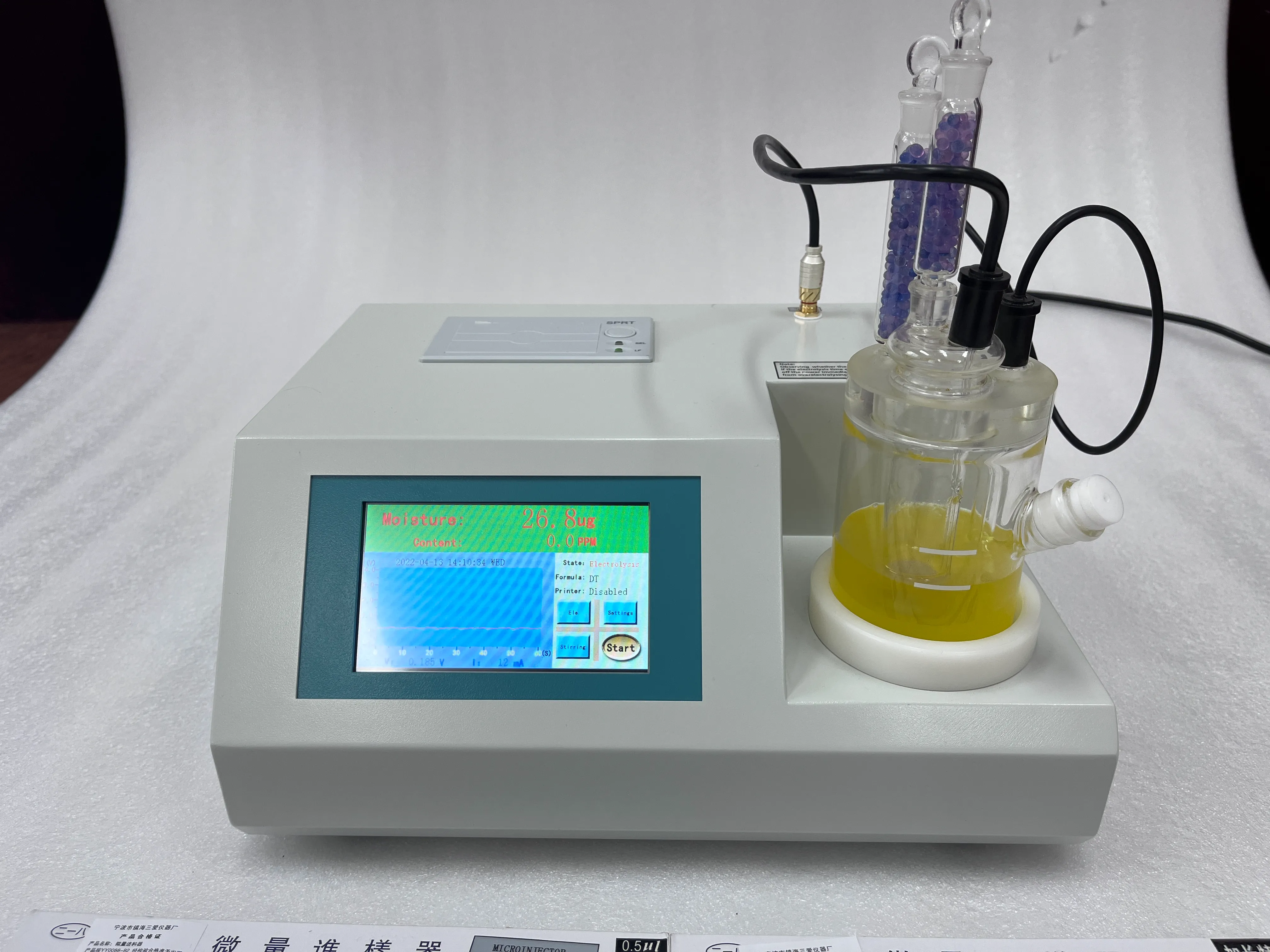 English
English



-
 Afrikaans
Afrikaans -
 Albanian
Albanian -
 Amharic
Amharic -
 Arabic
Arabic -
 Armenian
Armenian -
 Azerbaijani
Azerbaijani -
 Basque
Basque -
 Belarusian
Belarusian -
 Bengali
Bengali -
 Bosnian
Bosnian -
 Bulgarian
Bulgarian -
 Catalan
Catalan -
 Cebuano
Cebuano -
 China
China -
 China (Taiwan)
China (Taiwan) -
 Corsican
Corsican -
 Croatian
Croatian -
 Czech
Czech -
 Danish
Danish -
 Dutch
Dutch -
 English
English -
 Esperanto
Esperanto -
 Estonian
Estonian -
 Finnish
Finnish -
 French
French -
 Frisian
Frisian -
 Galician
Galician -
 Georgian
Georgian -
 German
German -
 Greek
Greek -
 Gujarati
Gujarati -
 Haitian Creole
Haitian Creole -
 hausa
hausa -
 hawaiian
hawaiian -
 Hebrew
Hebrew -
 Hindi
Hindi -
 Miao
Miao -
 Hungarian
Hungarian -
 Icelandic
Icelandic -
 igbo
igbo -
 Indonesian
Indonesian -
 irish
irish -
 Italian
Italian -
 Japanese
Japanese -
 Javanese
Javanese -
 Kannada
Kannada -
 kazakh
kazakh -
 Khmer
Khmer -
 Rwandese
Rwandese -
 Korean
Korean -
 Kurdish
Kurdish -
 Kyrgyz
Kyrgyz -
 Lao
Lao -
 Latin
Latin -
 Latvian
Latvian -
 Lithuanian
Lithuanian -
 Luxembourgish
Luxembourgish -
 Macedonian
Macedonian -
 Malgashi
Malgashi -
 Malay
Malay -
 Malayalam
Malayalam -
 Maltese
Maltese -
 Maori
Maori -
 Marathi
Marathi -
 Mongolian
Mongolian -
 Myanmar
Myanmar -
 Nepali
Nepali -
 Norwegian
Norwegian -
 Norwegian
Norwegian -
 Occitan
Occitan -
 Pashto
Pashto -
 Persian
Persian -
 Polish
Polish -
 Portuguese
Portuguese -
 Punjabi
Punjabi -
 Romanian
Romanian -
 Russian
Russian -
 Samoan
Samoan -
 Scottish Gaelic
Scottish Gaelic -
 Serbian
Serbian -
 Sesotho
Sesotho -
 Shona
Shona -
 Sindhi
Sindhi -
 Sinhala
Sinhala -
 Slovak
Slovak -
 Slovenian
Slovenian -
 Somali
Somali -
 Spanish
Spanish -
 Sundanese
Sundanese -
 Swahili
Swahili -
 Swedish
Swedish -
 Tagalog
Tagalog -
 Tajik
Tajik -
 Tamil
Tamil -
 Tatar
Tatar -
 Telugu
Telugu -
 Thai
Thai -
 Turkish
Turkish -
 Turkmen
Turkmen -
 Ukrainian
Ukrainian -
 Urdu
Urdu -
 Uighur
Uighur -
 Uzbek
Uzbek -
 Vietnamese
Vietnamese -
 Welsh
Welsh -
 Bantu
Bantu -
 Yiddish
Yiddish -
 Yoruba
Yoruba -
 Zulu
Zulu
Exploring the Principles and Applications of Direct Current Dynamos in Modern Technology
Understanding Direct Current Dynamo Principles and Applications
A direct current (DC) dynamo is a crucial electromechanical device that converts mechanical energy into electrical energy in the form of direct current. This technology has been fundamental to the development of electrical engineering and continues to play a significant role in various applications today.
Principles of Operation
The operation of a DC dynamo is based on the principle of electromagnetic induction, discovered by Michael Faraday in the 19th century. According to Faraday's law, when a conductor moves through a magnetic field, an electric current is induced in the conductor. A typical DC dynamo consists of several key components a rotor or armature, a stator, a commutator, and brushes.
1. Armature The armature is the rotating part of the dynamo, usually winding made of copper wires. When the armature rotates within the magnetic field created by the stator, electromagnetic induction occurs, producing an alternating current (AC).
2. Stator The stator houses the field windings and provides a magnetic field. This can be created by either permanent magnets or electromagnets, depending on the type of dynamo.
3. Commutator The commutator is a device that rectifies the alternating current produced in the armature into direct current. It works by reversing the connection of the armature windings to the external circuit as the armature rotates.
As the armature spins, the induced alternating current passes through the commutator, which converts it into direct current. This direct current can then be harnessed for various electrical applications.
Types of DC Dynamos
DC dynamos can be classified into three main types based on their field winding configuration
direct current dynamo

1. Separately Excited Dynamo In this type, the field winding is powered by an external source. This allows for greater control over the output voltage.
2. Self-Excited Dynamo Here, the field winding is energized by the output of the dynamo itself, leading to two subtypes - Shunt-wound Dynamo The field winding is connected in parallel with the armature load. - Series-wound Dynamo The field winding is connected in series with the armature, allowing for higher starting torque.
Applications
DC dynamos have a wide range of applications, particularly in industries where stable and adjustable voltage is paramount. Some notable applications include
1. Battery Charging DC dynamos are used to charge batteries in various devices, providing a stable voltage output necessary for battery maintenance.
2. Electric Vehicles Early electric vehicles utilized DC dynamos to power their electric motors. Even today, some hybrid and older electric vehicle designs incorporate DC generators.
3. Small Power Generators In remote areas where electricity is not readily available, small DC dynamos can serve as efficient power generators for household appliances.
4. Industrial Applications DC dynamos are used in electroplating, welding, and various industrial processes requiring precise control of electrical output.
Conclusion
In conclusion, the direct current dynamo is a significant innovation that marked advancements in electrical engineering. Its ability to convert mechanical energy into direct current has paved the way for numerous applications, from providing power to electric vehicles to serving as a critical component in industrial processes. As technology continues to evolve, understanding the principles and applications of DC dynamos remains essential for future innovations in electrical systems.
-
Ensuring SF₆ Gas Safety: Introducing PUSH’s Integrated SF₆ Analyzer for Dew Point, Purity, and Decomposition MonitoringNewsJul.10,2025
-
Exploring the Main Types of Industrial Endoscopes and Their Applications Across IndustriesNewsJul.04,2025
-
Testing Equipment Industry Sees Major Advancements in 2025: Smart & Precision Technologies Lead the WayNewsJun.06,2025
-
Applications of Direct Current Generators in Renewable Energy SystemsNewsJun.05,2025
-
Hipot Tester Calibration and Accuracy GuidelinesNewsJun.05,2025
-
Digital Circuit Breaker Analyzer Features and BenefitsNewsJun.05,2025



